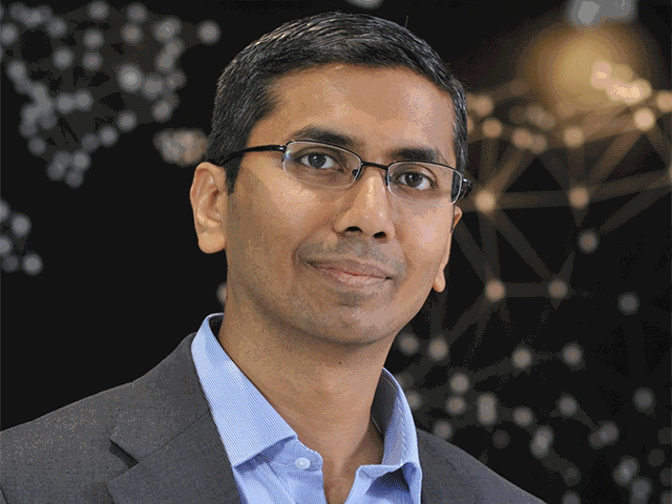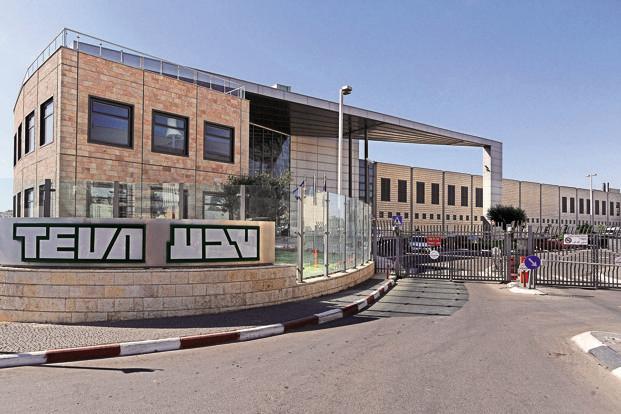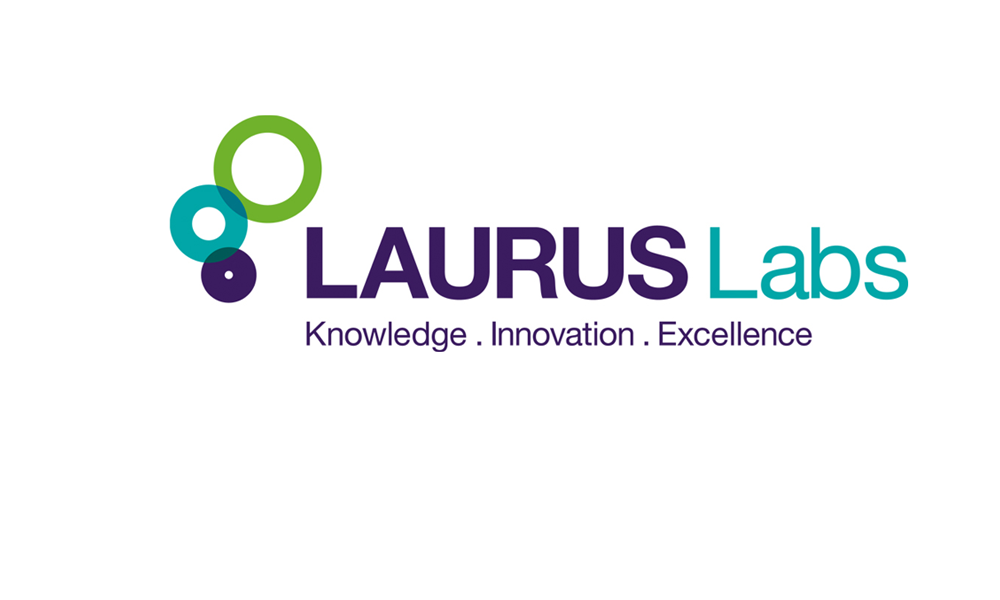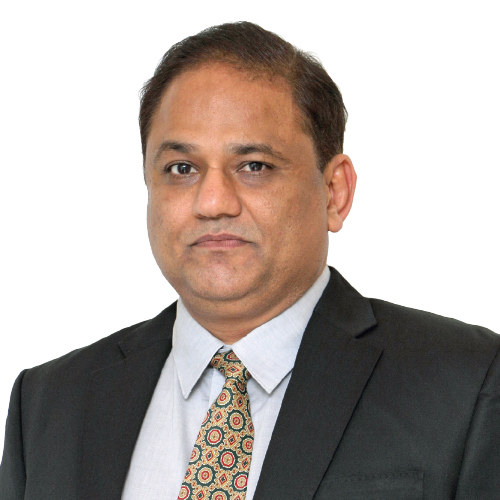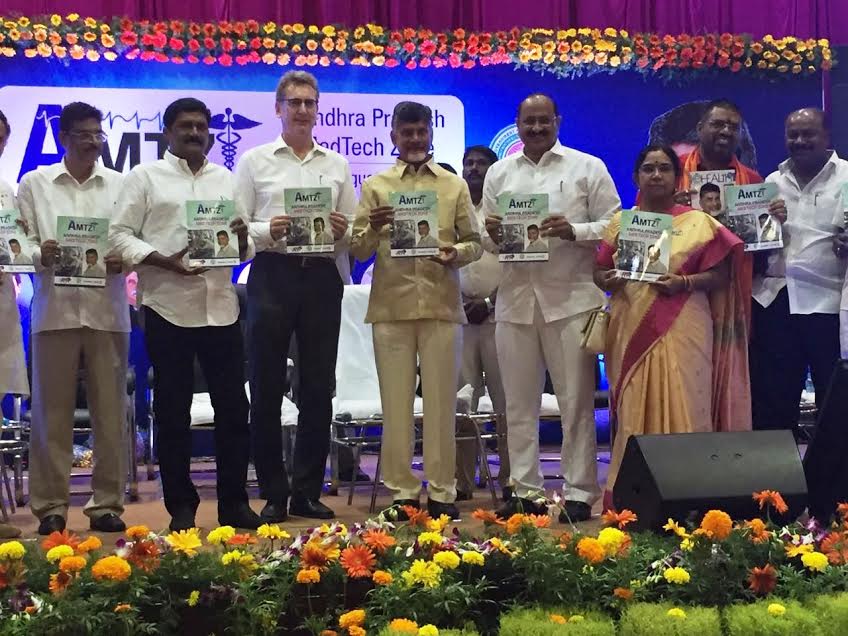
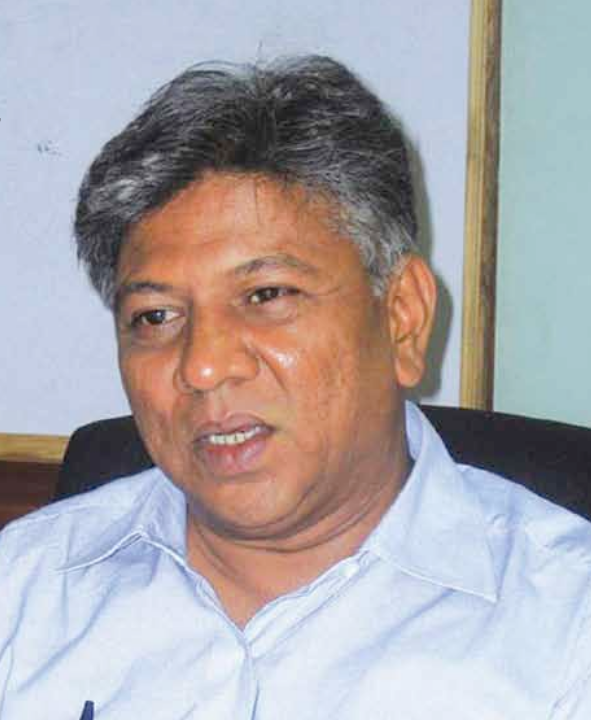 Balaji Utla, Chief utive Officer, Health Management and Research Institute (HMRI), President, CorporateSutainability, Piramal Health Care, says that with the innovative healthcare plans embedded with technology anda committed workforce, HMRI, has been making healthcare services affordable for the marginalised people. Inconversation with Pragya Gupta, ENN
Balaji Utla, Chief utive Officer, Health Management and Research Institute (HMRI), President, CorporateSutainability, Piramal Health Care, says that with the innovative healthcare plans embedded with technology anda committed workforce, HMRI, has been making healthcare services affordable for the marginalised people. Inconversation with Pragya Gupta, ENN
Please shed some light on your engagement with theHMRI.
I used to work for an IT firm Satyam Computer Services ashead of Corporate Strategy. I was for almost 18 years with theIT firm. Prior to joining HMRI and Piramal Healthcare Ltd, I wasCEO of Satyam Foundation, a Corporate Social Responsibility(CSR) arm of the Satyam Computer Services (now MahindraSatyam). I also studied in a business school in Hyderabad forabout nine years before joining Satyam Computers in 1993.Since 2010 I have been working with the Piramal Enterpriseslooking after HMRI as part of the CSR.

What is the objective of HMRI?
Founded as a non-profit organisation and supported by PiramalFoundation, the HMRI works towards making healthcare accessible, affordable and available to all segments of the population.In order to achieve this goal, HMRI leverages cutting edgeinformation and communication technologies to cut costswithout compromising quality as well as public-private partnerships to scale its solutions to the last mile.Once we build solutions, which are IT leveraged, we workwith the state governments, as Health is a state subject, tosupplement government efforts. We primarily focus on deliverymodel and try to physically reach the target for all types of diagnostic tests, delivering medicine etc.HMRI envisions a future in which all vulnerable groups have thenecessary information to make informed decisions regarding theirhealth and affordable, available and accessible high quality healthinfrastructure to support the realisation of those decisions.
What are the key problems or challenges in thehealthcare sector in the country?
The most significant challenges in providing equitable health-care are availability, accessibility and affordability.Shortage of skilled health workers including doctors and paramedics to provide medicare to a majority of people, around 72 percent of the population, who live in rural areas, is the biggest challenge. While many states have quite a good number of medicalcolleges, particularly in south Indian states, the scene is differentin other parts of the country. The result being that some stateshave very limited doctors passing out every year, others havemore doctors on roll with every passing year. But still the overallsituation is not encouraging. The patient – doctor ratio is abysmallylow in the country. Similarly there is a big shortage of paramedicalpersonnel in the country.Services of even these small numbers of doctors and paramedics are not being utilised fully owing to large distances andpoor road connectivity between rural habitations and healthcentres. According to a survey a rural Indian has to travel anaverage six kilometer to reach the nearest health facility in thecountry.
The third most intriguing challenge, of course, is affordability of an Indian to avail the health facilities. The Governmentof India contributes only 26 per cent of countrys total healthexpenditure per Indian forcing the needy to cough up two thirdof the expenses out of pocket. The problem is further compounded when despite being able to meet the expenses, thepatient is not sure of getting the medicine or expert advice intime at his place.
Further our healthcare system is not designed in the right economic model. There is nothing wrong in private enterprises. Theirdesign by nature is faulty. They want to make money and wantmore sick persons to pep up their business. They offer undesiredservices and it results in escalating the healthcare charges.
How these challenges can be addressed?
Fortunately, there are quite a few people who are recommending Universal Health Plan, without exception. The society shouldcover the need for healthcare for everybody. This is what the DrK srinath Reddy report to the Planning Commission has alsorecommended. Whether it is practical or non-practical, is anargumentative issue.
Ensuring equitable access for all Indiancitizens to affordable, accountable, appropriate health services of assured quality aswell as public health services addressingthe wider determinants of health deliveredto individuals with the government beingthe guarantor and enabler, although notnecessarily the only provider of health andrelated services, the Reddy panel has recommended.The panel has also suggested thatthese services should be delivered atan affordable cost so that people do notsuffer financial hardship in the persuit ofgood health.Besides, the High Level Expert Group(HLEG) on Health in its report to thePlanning Commission has recommended strengthening of the primary healthcare system to address the challenges. And I think it is the core area where the government needs to focus as most of the population who live in remote, rural areas visit the primary health centres first for their ailments in primary stages. People suffering from diseases like cough, diarrohoea can be treated easily in a cost-effective way. But this is not an attractive proposition for private sector players as the cost of treatment for such minor diseases would be nominal and profit-oriented private health sector has no interest in them.

In fact, preventive health care needsto be focused. Preventive health caremeans taking measures to check emergence of the disease. I will elaborate itwith an example. Suppose a person hasput his legs in mud and then comes forcleaning it get the mud removed. Butsuch a olution will not be needed atall, if one tried to escape the mud whilewalking. This is preventive measure.The shortage of resources like doctors and paramedics can be minimizedonly by opening more medical collegesand launching short-term courses forthe paramedic streams. In India, somestates have quite a good number ofmedical colleges like in the states ofKerala, Mahrashtra, Andhra and Karnataka but majority of states do not havesufficient number of colleges to producedoctors and allied medical staff to meetthe growing challenge of healthcare.
For example, Uttar Pradesh has a population almost double of Andhra Pradeshbut it has medical colleges just one thirdof what Andhra has. So, the governmentshould make efforts to open more medicalcolleges to plug this disparity.Moreover, we should also make arrangement to leverage more time of thedoctors much more efficiently .And, herecomes the role of technology. Telemedicine delivers services to a patient in aremote area with a specialists prescription; thanks to the Internet, broadbandand bandwidth.But there is also a problem in extending telemedicine services effectively inthe areas where it is needed the mostbecause bandwidth is least availablein remote hilly areas. So increasing thebandwidth in such areas is needed toextend this facility. By setting up a robustbandwidth infrastructure, telemedicineservices can effectively extended to theneedy and can also meet the shortageof doctors in remote areas.With mobile telephone penetrationgrowing in the country, the services ofexperts can also be availed even duringodd hours. Suppose a patient in a remotehilly develops some complication in thenight and no doctor is available around,then mobile phone comes handy for himto consult a doctor and get prescription. But it is possible only when there is a good bandwidth infrastructure there.
You have just completed five years,what have been the key milestonesin the journey so far?
Our key milestones during the periodhas been one in the health information service wherein, we got around50 million calls from different parts ofthe country during last five years. Thehealth information helpline is a solutionto the health information and accessproblems in the country. A caller getsmedically validated advice and counseling from the helpline.We also demonstrated the feasibilityof telemedicine during the period. Ourtelemedicine project is being implemented in the tribal belts of Araku valley and Khammam district of AndhraPradesh. It has reduced maternal morbidity among Araku valley tribals. Andthe results show that all high-risk caseshad safe deliveries ever since the project was launched in 2007. It also ensured that over 95 percent home deliveries were attended by trained healthworkers.We have been able to increaseinstitutional deliveries in tribal areas significantly.Our telemedicine solution has ensured that people residing in remotelocations get the advice of specialistphysician through videoconferencing.And that is really very satisfying for me.Further our mobile health services -104and Sanjeevani have also delivered remarkable results during the period. Our104 Mobile services identified and provided medicine to around three millionpeople with chronic diseases during thecourse of operation. The mobile serviceaddresses geographic access problemswith a focus on maternal and child healthand chronic diseases services to peopleliving around Primary Health Centres. Wehave been able to provide diagnostic,medication services to around four million people through this service in AndhraPradesh and Rajasthan.Sanjeevani Mobile health serviceshas been launched exclusively for thestate of Assam where 78 mobile vansare operational 24 days a month acrossthe state focusing mainly non-communicable diseases.We have deputed psychologicalcounsellors in ssam who have reallyworked to save atleast 200 people fromdoing suicide with their advices. Andthat is a big achievement for us.
Be a part of Elets Collaborative Initiatives. Join Us for Upcoming Events and explore business opportunities. Like us on Facebook , connect with us on LinkedIn and follow us on Twitter , Instagram.


